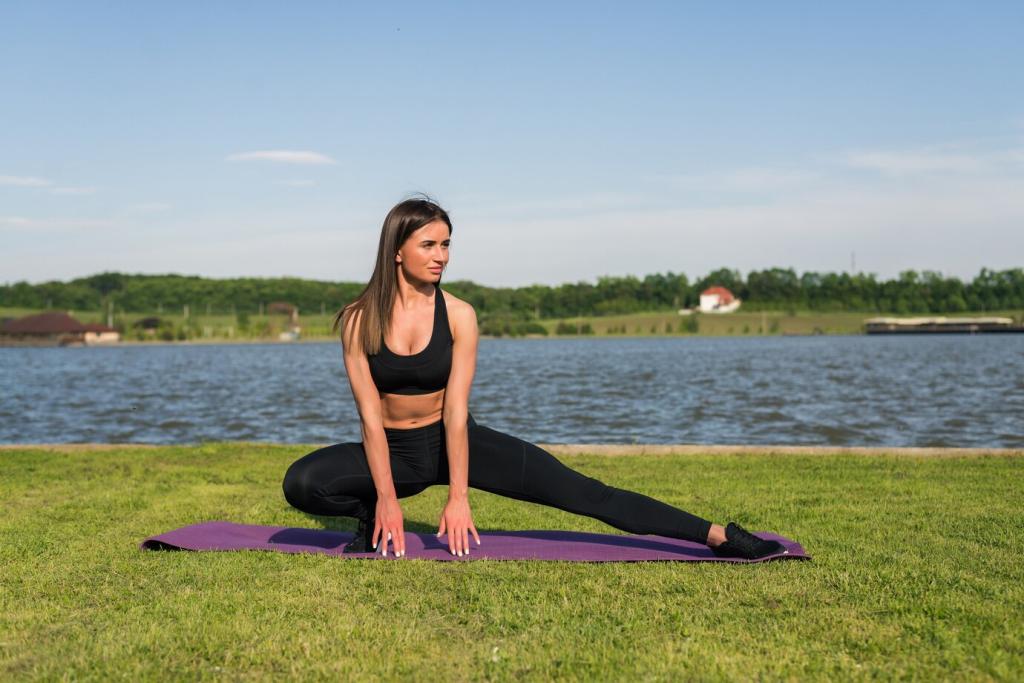Safety, Navigation, and Night-Running Confidence
Look for 300–600 lumens, a balanced flood and spot beam, and easy tilt with gloved hands. Lockout modes prevent pack-activated drains. Rechargeable models cut waste, while spare coin cells offer reassuring redundancy.
Safety, Navigation, and Night-Running Confidence
A GPS watch that imports GPX tracks and offers breadcrumb navigation reduces wrong turns. Pair with a paper map and tiny compass for backup. Offline phone maps close the loop when technology stutters in remote canyons.





